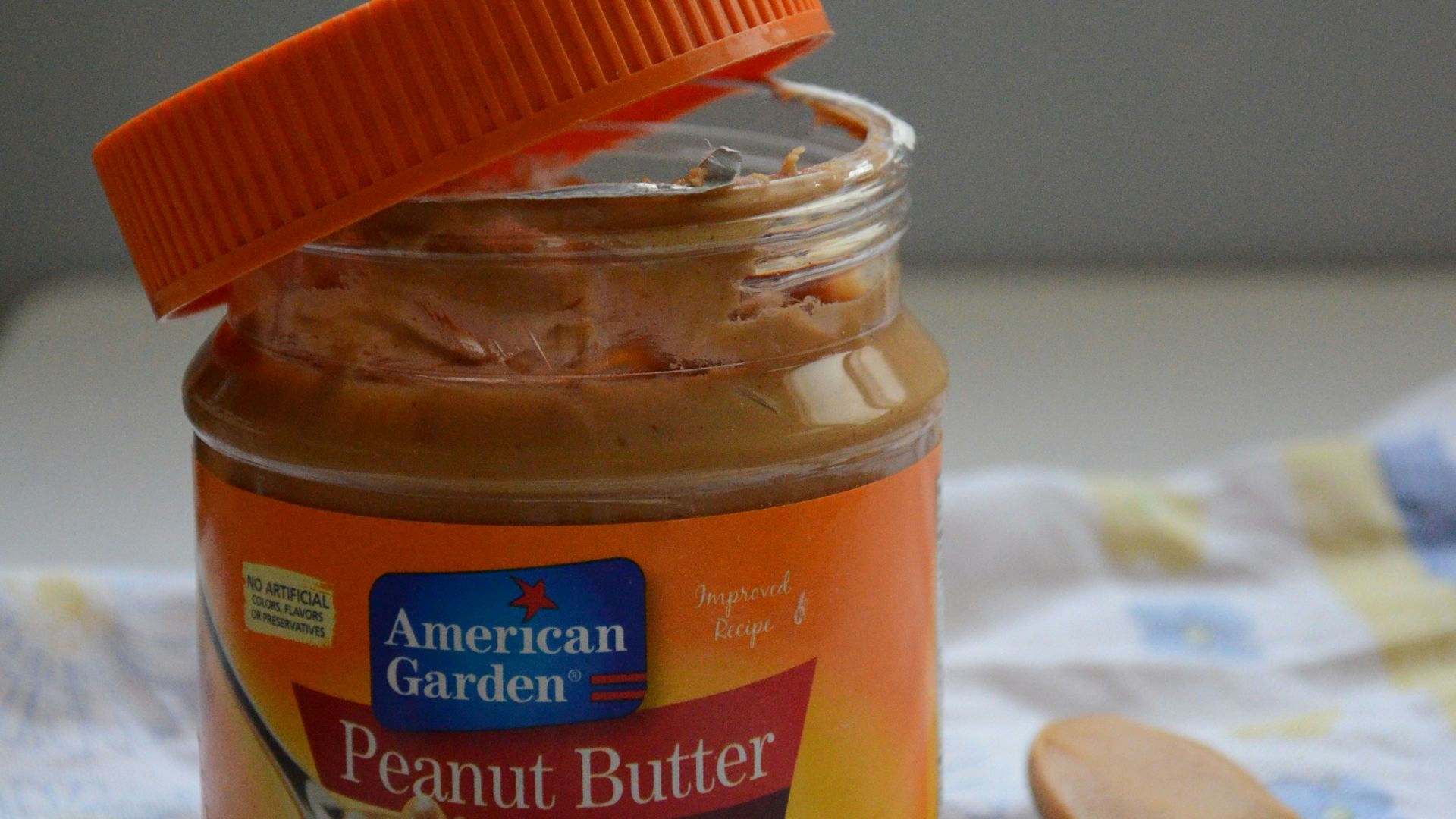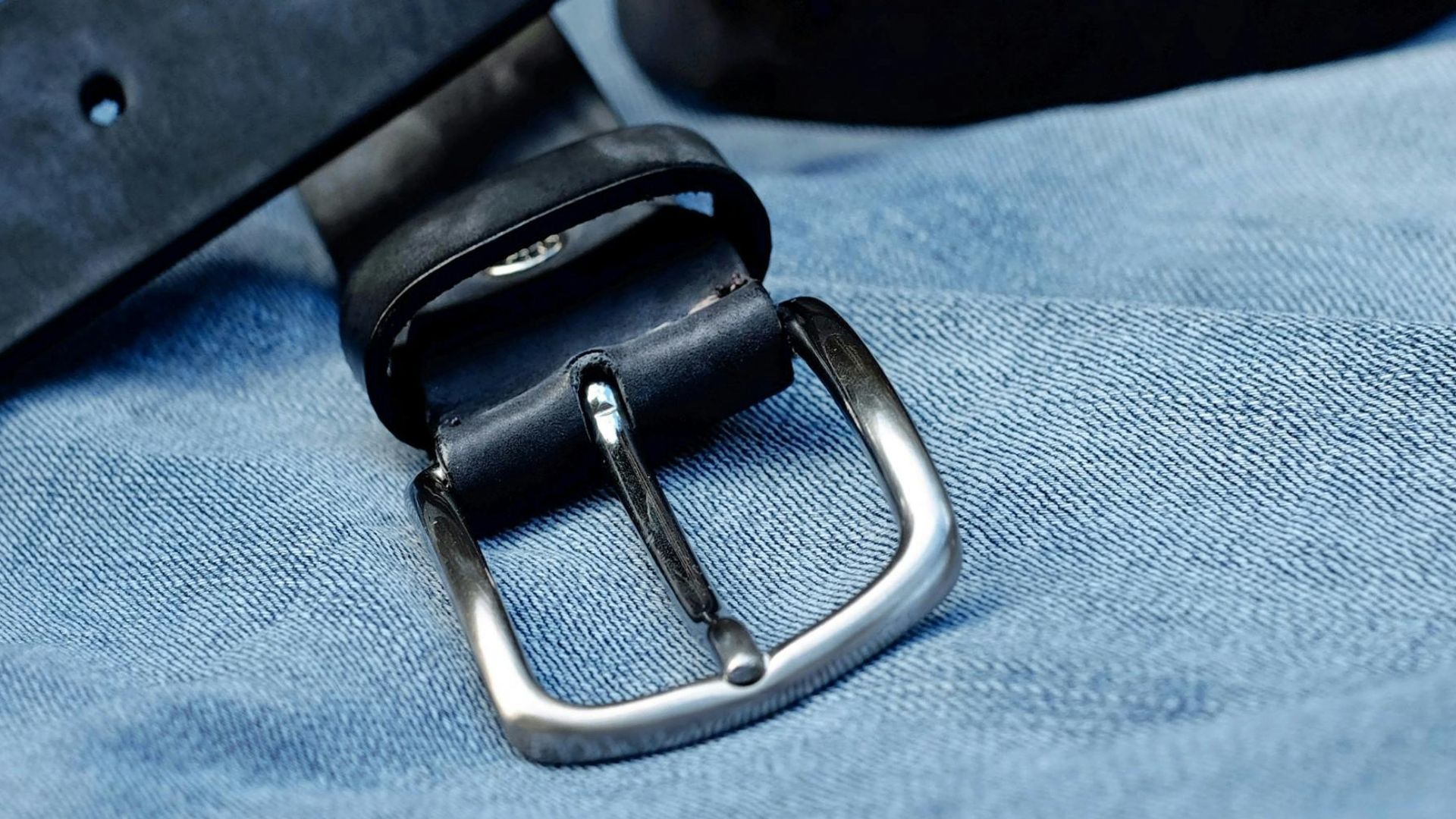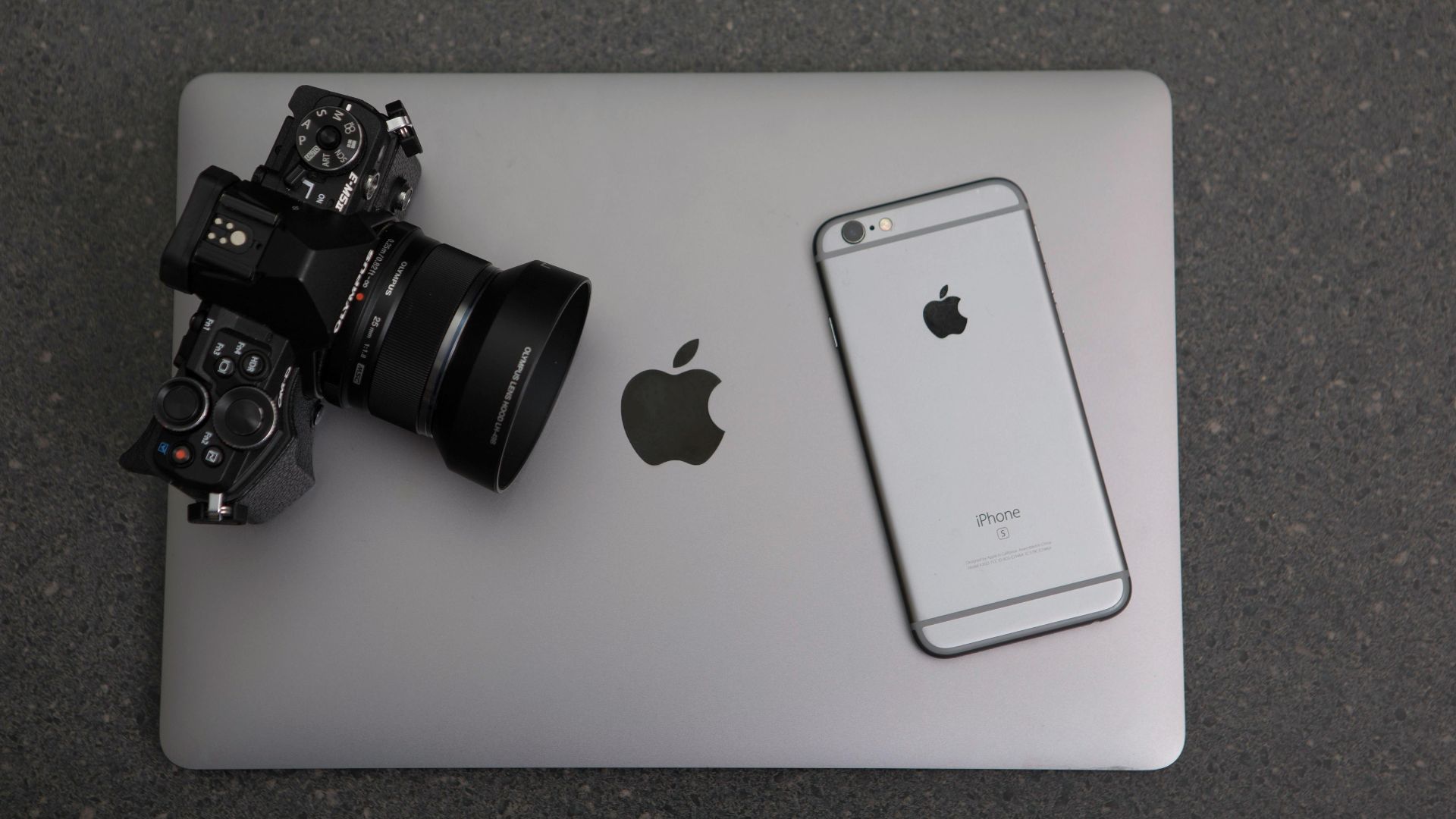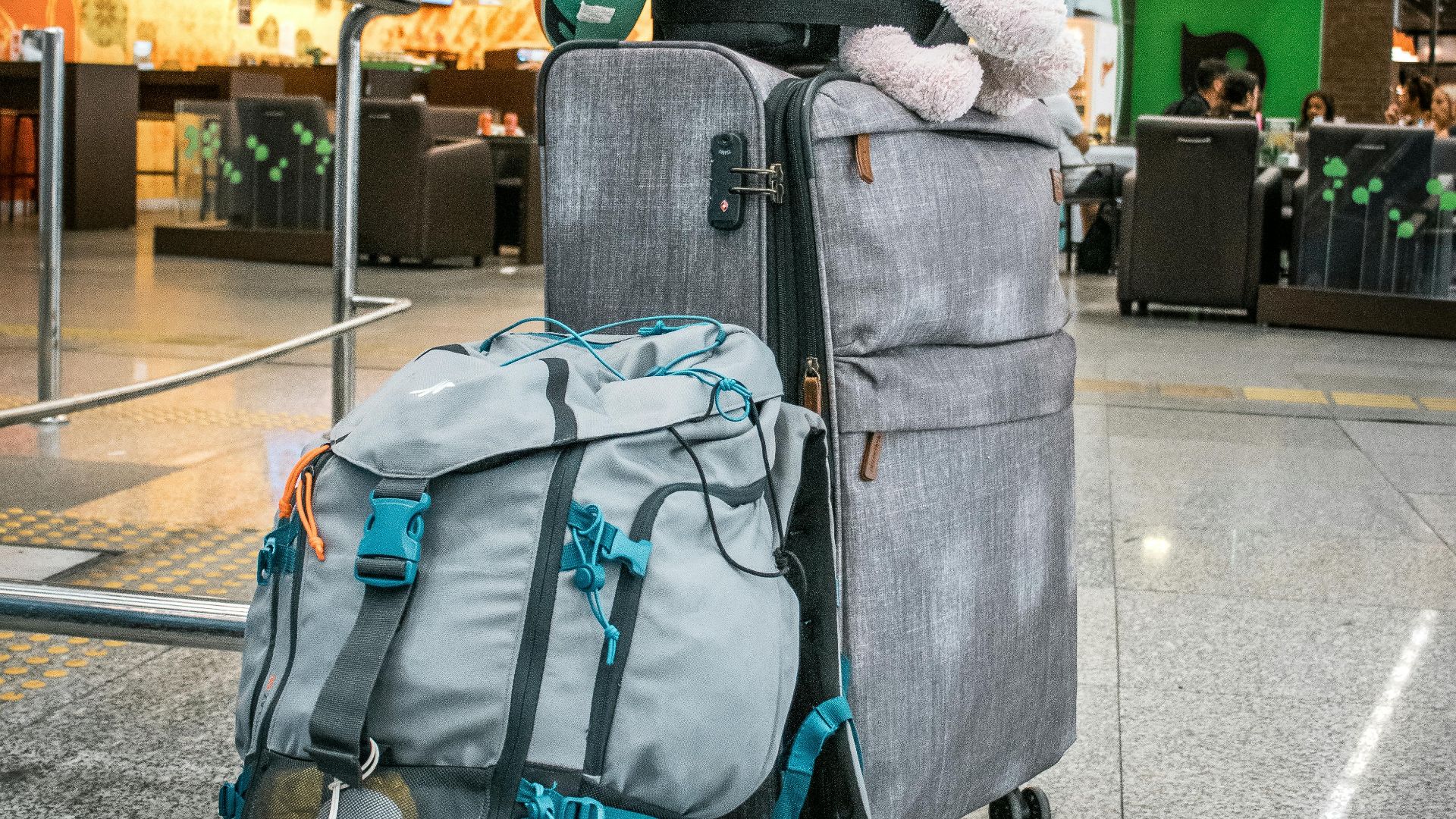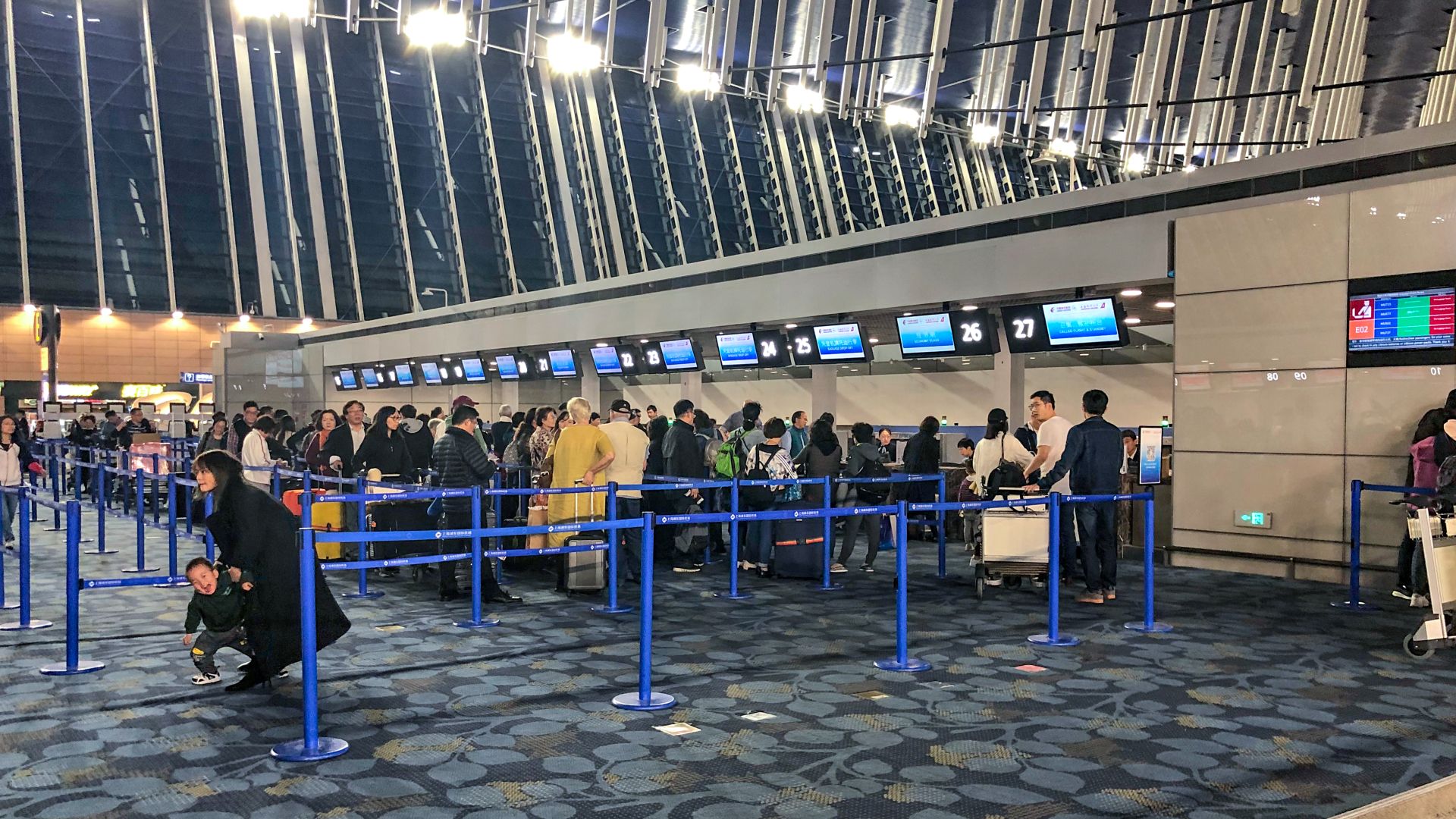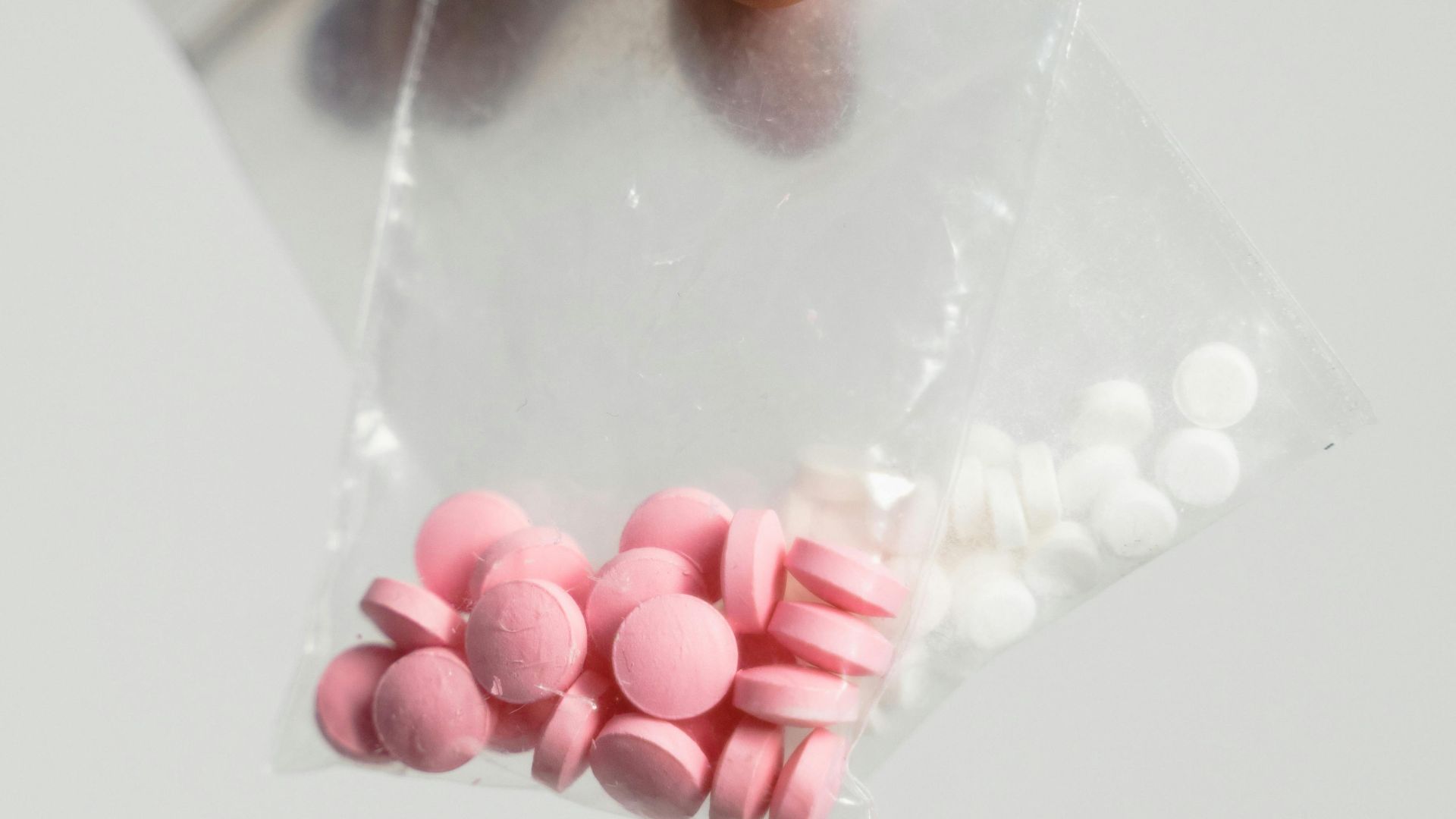Pitfalls And Solutions Every Flyer Should Know
Airports can feel like a test of patience, where even the smallest misstep slows you down. Yet, smoother travel isn’t out of reach. By understanding why travelers stumble at security and adopting a few smart adjustments, you can move through checkpoints with far less stress. Here, we highlight common obstacles and practical solutions that ensure a calmer experience. These insights can make the difference between frustration and ease. Let’s start with the reasons people face airport trouble.
1. Carrying Liquids Over The Limit
The TSA’s 3-1-1 rule is clear: 3.4-ounce bottles, one quart-sized bag, one per traveler. Yet passengers still get caught with half-empty water bottles or jars of peanut butter—yes, it counts as liquid. Different airport rules worldwide only add to the confusion.
2. Wearing Too Much Metal
Even items like belts or jewelry can set off sensitive metal detectors. Older machines make things worse, beeping at the slightest amount of metal. Officers then must perform extra checks, and a single large belt buckle can waste minutes.
3. Forgetting To Remove Electronics
Tablets, laptops, and even game consoles block X-ray images if left in bags. That’s why they must be screened separately, often in bins marked just for electronics. While Europe’s newer scanners allow laptops inside, most airports still demand the extra step.
4. Expired Or Damaged Passport
A valid, intact passport is the first ticket past airport security. Torn or water-damaged pages raise suspicion, and note that some countries won’t even accept documents expiring within six months. Unfortunately, many travelers only discover problems at the airport—when it’s too late.
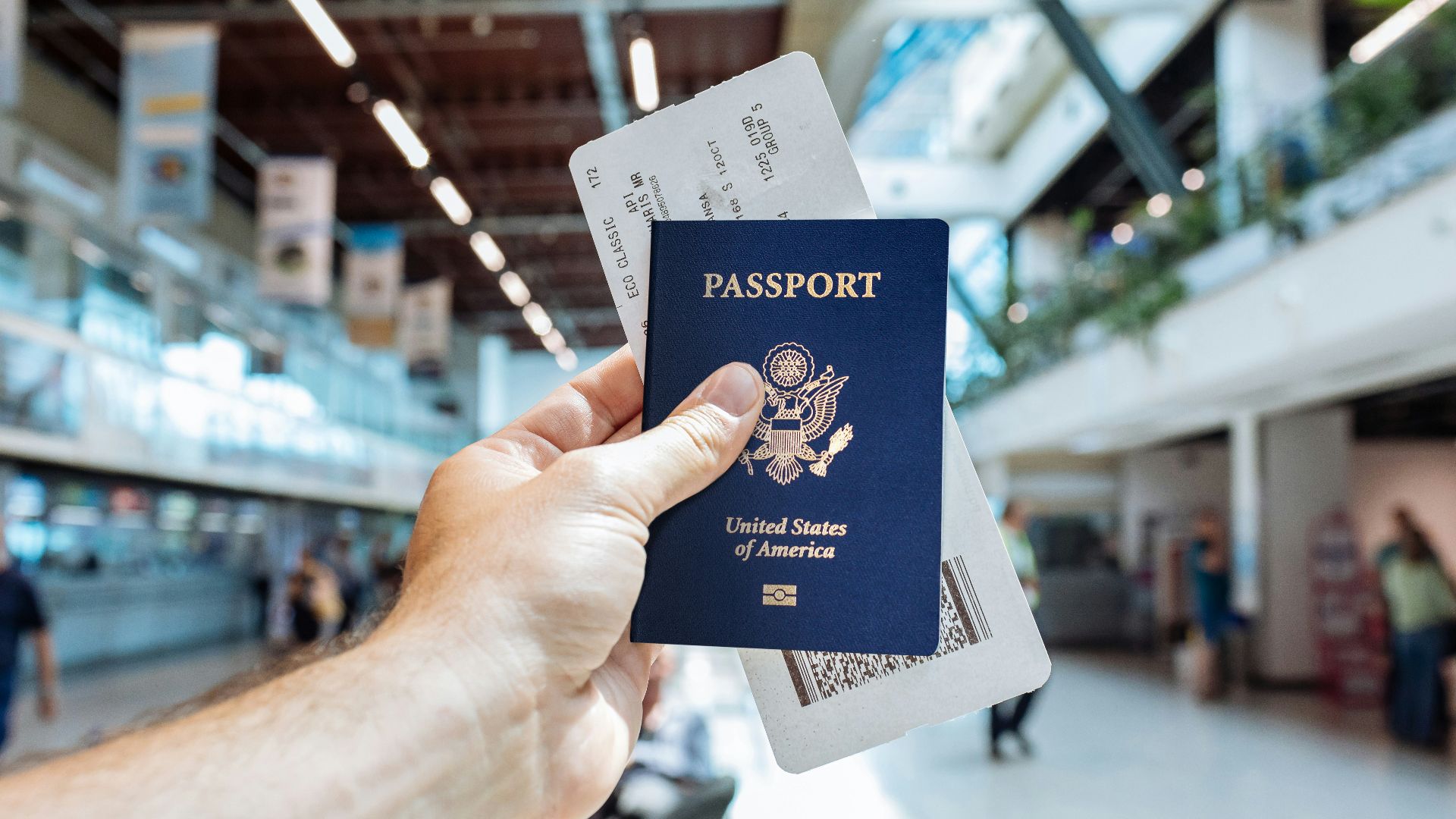 Global Residence Index on Unsplash
Global Residence Index on Unsplash
5. Oversized Bags
Security scanners are built for standard carry-ons, not giant luggage. When a bag is too big, it often requires manual inspection, delaying everyone. Sports gear or bulky suitcases may even be rejected outright, which forces travelers into gate-checking instead.
6. Cultural Or Religious Items
Unfamiliar clothing or religious items such as prayer beads or ceremonial knives may trigger additional checks. Some airports offer private screening rooms. Staff undergo cultural training, but mistakes still happen, and exemptions usually require a declaration before reaching the checkpoint.
 Photo By: Kaboompics.com on Pexels
Photo By: Kaboompics.com on Pexels
7. Carrying Prohibited Food
Certain foods, including fresh fruits and meats, are not allowed through security checkpoints. Items that break the rules must be discarded, sometimes leading to extra screening. Apples and even soft cheese are frequently confiscated, while solid cheese is permitted.
8. Unfamiliarity With TSA PreCheck Rules
PreCheck lets passengers keep shoes and electronics in their bags. However, misuse slows everyone down. Some airports don’t offer dedicated lanes, and this confuses frequent users. Children under 12 may join parents for free, yet not every airline actually participates.
9. Random Screening Selections
Following all the rules doesn’t guarantee a pass, since algorithms and randomness decide extra screenings. Chosen travelers often spot “SSSS” printed on boarding passes. Extra checks may involve pat-downs or bag searches, and even celebrities experience the same surprises.
10. Traveling With Unlabeled Medication
Security demands medications be properly labeled, since unmarked pills trigger questions and inspections. Some airports allow liquid medicine over 3.4 ounces if declared in advance. Officers may swab pill bottles for residue, and strict laws vary widely between countries.
Now, let's see how to enjoy more stress-free moments with airport security.
1. Arrive Early To Reduce Stress During Security
Arriving early gives you extra time for long lines, while rushing only increases mistakes at checkpoints. Airlines typically suggest two hours for domestic flights. Holidays bring double the wait, yet early arrivals often encounter friendlier staff and shorter lines.
2. Pack Liquids In TSA-Approved Travel Bottles
Liquids under 3.4 ounces in clear bottles satisfy the TSA’s 3-1-1 rule, especially when stored in a quart-sized bag. Clear containers help officers see contents instantly, and reusable silicone bottles save travelers money. Some airports even sell pre-approved travel kits.
3. Place Laptops And Tablets In Separate Bins
Electronics can block X-ray images when left in bags, forcing rescans, and that’s why laptops and tablets belong in separate bins. Forgetting this is a top cause of slowdowns, though newer scanners and clear checkpoint signage are making things easier.
 Airport Security Basics: What to Take Out of Your Bag by Ben Thoennes Dream Vacations
Airport Security Basics: What to Take Out of Your Bag by Ben Thoennes Dream Vacations
4. Keep Passports Current And Easy To Access
Expired or damaged passports immediately cause travel headaches. Many countries require at least six months’ validity beyond your trip, and keeping documents handy prevents slowing the line. Some travelers carry them in money belts, while protective covers sometimes delay inspection unexpectedly.
5. Use TSA-Approved Locks For Checked Luggage
TSA-approved locks let officers open luggage without cutting, while non-approved ones are often broken. About five percent of checked bags are inspected, and some locks even display color indicators when opened. Combination locks are preferred—key locks can easily be misplaced.
6. Organize Carry-On Items For Quick Inspection
Neatly packed bags move through scanners faster. However, cluttered ones can trigger manual searches. Rolling clothes not only saves space but also creates order. Packing cubes are a traveler’s secret weapon, and some label electronics for easier identification at checkpoints.
7. Sign Up For TSA PreCheck Or Global Entry
PreCheck speeds up security by reducing what travelers must remove, while Global Entry makes customs clearance almost effortless. PreCheck lines can move three times faster, and Global Entry kiosks often take under a minute.
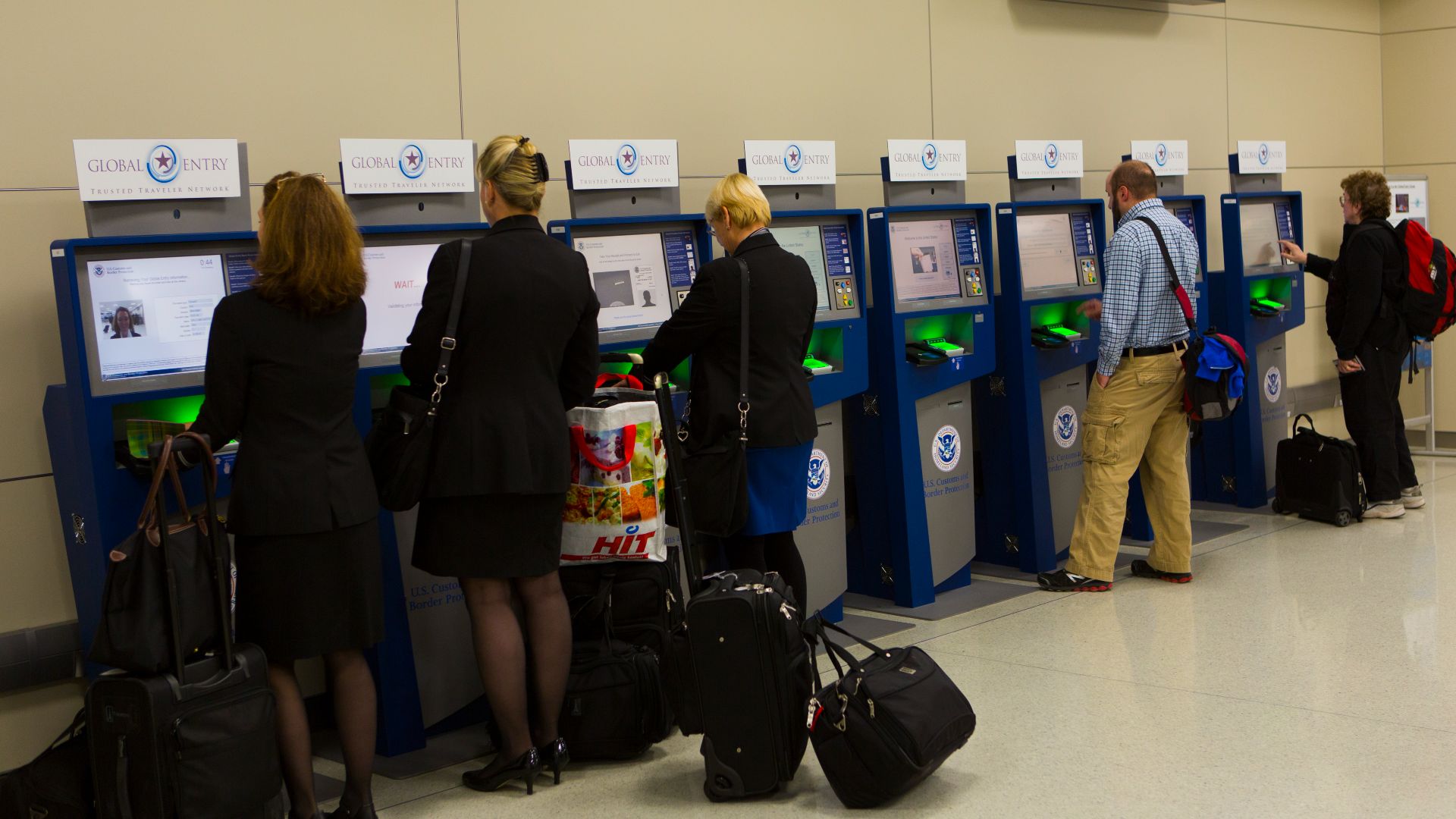 U.S. Customs and Border Protection on Wikimedia
U.S. Customs and Border Protection on Wikimedia
8. Carry Prescriptions In Original Pharmacy Packaging
Original packaging proves medications are legitimate, and labeled bottles reduce the risk of extra screening. TSA permits medically necessary liquids in larger amounts when declared. Some travelers even add a doctor’s note for reassurance.
9. Double-Check Prohibited Items List Before Packing
The TSA offers a detailed list of banned items, and knowing it prevents losing belongings at the checkpoint. Travelers are often surprised when items like snow globes are confiscated. Even wrapped gifts may be unwrapped if suspicious.
10. Stay Calm And Cooperative To Move Faster
Cooperation makes screening smoother, while aggressive or nervous behavior may lead to extra checks. TSA officers are trained to notice stress signals. A calm attitude, friendly tone, or even a simple smile can ease tension and speed manual inspections.



